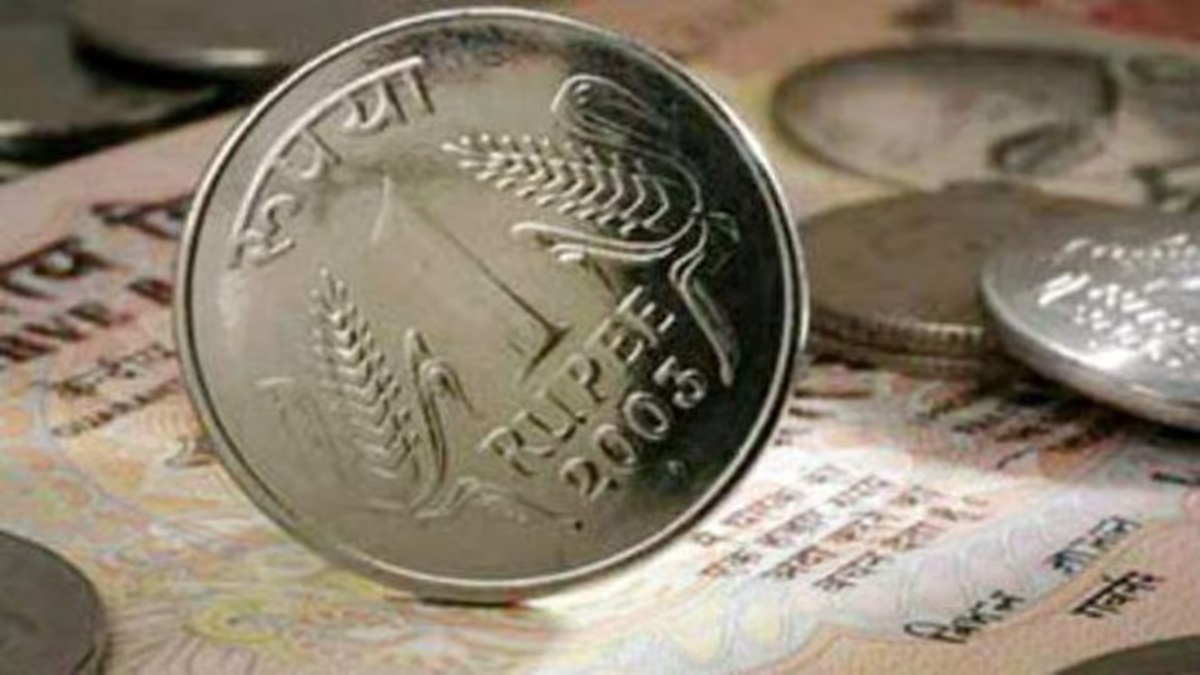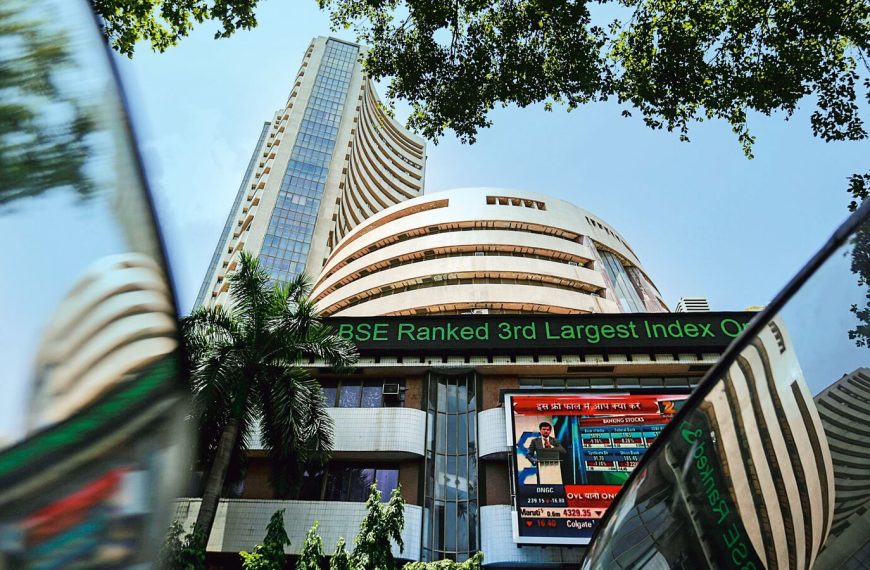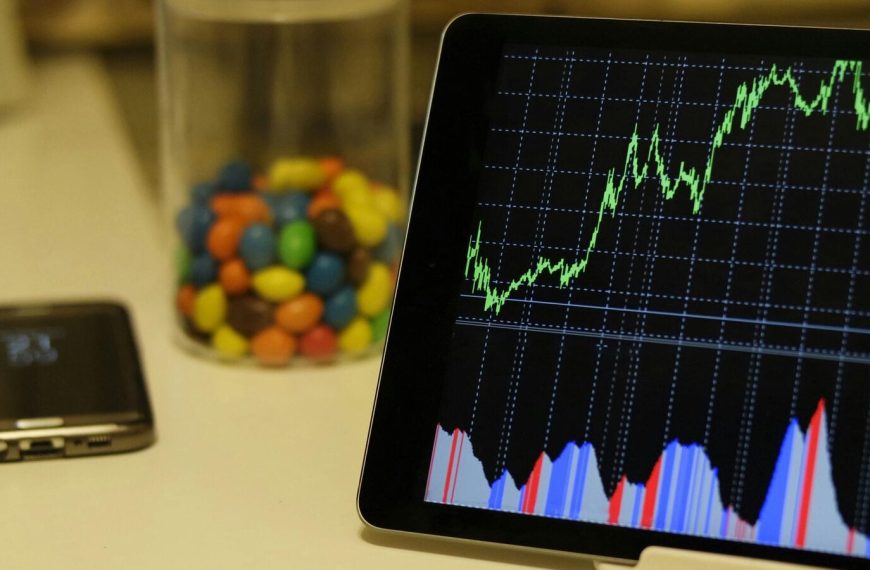The Indian rupee gained strength against the US dollar in early trading on Friday, climbing 34 paise to settle at 84.96. This upward movement comes on the heels of a broader decline in the dollar, largely influenced by the repercussions of recent tariffs imposed by former President Donald Trump. With falling crude oil prices also playing a role, the rupee found some relief amidst a turbulent global market for emerging currencies.
Factors Influencing the Rupee’s Strength
Forex analysts attribute the rupee’s recent gains to several critical factors:
- Declining Crude Oil Prices: The price of Brent crude dipped 0.84% to $69.55 per barrel, aiding the rupee’s recovery.
- Weakness of the Dollar: Concerns regarding inflation and a potential recession in the United States have led to a weaker dollar against other major currencies.
Traders noted that the American dollar’s decline is partly due to inflationary fears linked to the new tariffs, which could lead to a slowdown in global trade. As trading partners retaliate, worries about a recession are becoming more pronounced.
Opening Trade Insights
At the interbank foreign exchange market, the rupee initially opened at 85.07 but quickly appreciated to 84.96, reflecting its strength compared to the previous day’s close of 85.30. This upward trend indicates a significant recovery from the dollar’s influence.
“Although the recent tariffs were meant to increase US revenue, the potential downsides, such as rising import costs for consumers, could hinder economic growth,” said Amit Pabari, Managing Director of CR Forex Advisors. This sentiment underscores the complexity of the tariff situation and its broader economic implications.
Market Reactions
The dollar index, which measures the dollar’s strength against six major currencies, was down 0.42% at 101.64. Meanwhile, the Indian equity markets faced challenges, with the BSE Sensex dropping 594.05 points (or 0.78%) to 75,701.31, and the Nifty declining by 239.85 points (about 1.03%) to 23,010.25.
Foreign institutional investors (FIIs) have also impacted the market by selling equities worth ₹2,806 crore on a net basis, as per recent exchange data. This trend raises questions about future market stability and investor confidence.
India’s Competitive Position
Interestingly, India seems to be navigating the tariff landscape more effectively than some of its regional counterparts. With an effective tariff rate of 27%, India’s position is relatively favorable compared to nations like China, Vietnam, and Thailand, which face steeper tariffs. Pabari pointed out that this lower rate enhances India’s competitive edge in the global market, providing a buffer for its currency amidst external pressures.
As the global economy continues to react to tariff changes and inflationary concerns, the Indian rupee’s resilience could play a pivotal role in shaping market dynamics in the coming weeks. For more insights on currency fluctuations and market trends, check out our latest articles on forex strategies.











